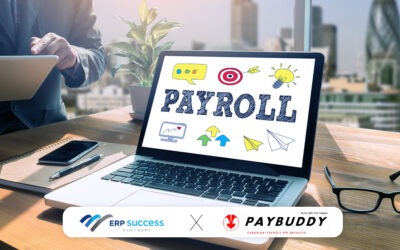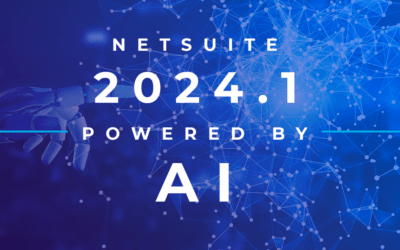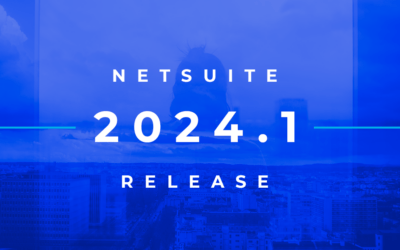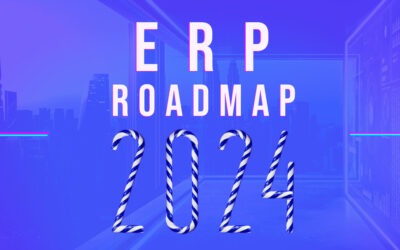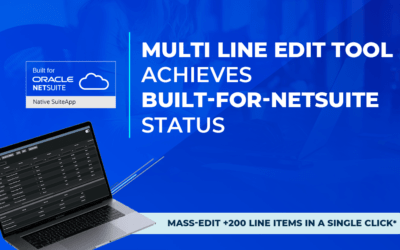As far as enterprise resource planning (EPR) solutions go, the core technology that runs these multifaceted systems has been in place for decades. In fact, ever since their earliest makers started using software to manage inventory and quality control in large manufacturing organizations, ERPs have grown to encompass many industries and job roles, along the way offering integration of many different departments and functions.
Although the term “ERP” wasn’t officially coined until 1990, the systems themselves date back to the 1960s. To say they’ve come a long way since then would be a major understatement.
“ERP systems—like most widely used software solutions—were first innovated in order to solve a fundamental problem of human enterprise,” Learning Hub points out. “In this case, ensuring the validity of information across rapidly-growing businesses that would have been previously unimaginable. As the shape and structure of business has changed over the past few decades, so too has the software intended to support it evolved.”
5 Key Trends to Watch

As this evolution continues, the breadth of companies using ERP—from pre-revenue startups to large multinational conglomerates, and all points in between—continues to expand. As this expansion continues, ERP developers like Oracle NetSuite are regularly adding new functionalities, capabilities, and integrations that provide a “single source of truth” for all team members to work from and count on.
Here are five changes that are currently taking place on the ERP front, and some insights into how these shifts will impact current and future users:
1. The race to move into the cloud is on.
Historically, many organizations used on-premises ERP applications and were reluctant to entrust core business applications to the cloud, but that’s changing rapidly, according to NetSuite’s David Luther. “Businesses are adopting cloud ERP to take advantage of a simpler deployment, lower costs, elasticity (i.e., the ability to only use the necessary resources at any given time), new functionality, less need for internal IT resources, and the ability to easily add users and functions to accommodate business growth,” he writes. “The pandemic has further illuminated the value of cloud ERP and accelerated the shift from on-premises software, partly because cloud-based applications allow employees to get their work done from anywhere with an Internet connection—they don’t need to be in an office. Some CFOs looking to cut costs amid the economic uncertainty are actually increasing investment in cloud ERP to drive savings and better support their remote workforce.”
2. Two-tier ERP systems gain in popularity.
The two-tier ERP strategy helps organizations leverage their investment in existing ERP systems at the corporate level (tier 1), while subsidiaries and divisions operate using a different ERP solution (tier 2), which is often cloud-based. “Larger companies may continue to use their core ERP system for financials and other core processes,” Luther writes, “while smaller business units turn to solutions that address their specialized needs.” The effectiveness of this approach depends in part on the ability to exchange data between the tiers. For example, some tier 2 cloud solutions include built-in capabilities for integration with corporate ERP systems. “It’s often less costly than retrofitting the corporate ERP system to work for the entire business,” Luther explains. “A tier 2 solution may be simpler to implement and provide subsidiaries with more flexibility to respond to changing business conditions. In addition, the two-tiered approach may be better suited for organizations in high-growth mode.”
3. More integrations with third-party applications and social media.
A main element in a company’s digital transformation, ERP is just part of a bigger investment in technology, according to Luther, who says companies are integrating their business applications with other new technologies (i.e., the Internet of Things, artificial intelligence, machine learning, etc.) to improve core processes. He says 2021 will also see a greater connection between social media and ERP. “By seeing the social media activity of customers and prospects in one place, companies can develop a more complete understanding of their audience that allows them to enhance their digital marketing strategies and the customer experience,” Luther adds. “By integrating data from social media interactions with sales order history and communication with customers, companies can gain more insights about the entire sales process and experiment with new ways to target and sell.”
4. Demand for mobility and apps continues.
In today’s business environment, companies need to be able to take core ERP data and make it accessible to employees no matter where they are working. A manufacturer, for example, may want to have as few people on the factory floor as necessary because of the pandemic, yet employees are still required to handle functions such as monitoring workflows and troubleshooting ERP processes. “That functionality needs to be done remotely, via mobile apps that deliver ERP data to the appropriate employees on their device of choice,” CIO’s Neal Weinberg states in Top 7 ERP trends for 2021. “We tend to associate app stores with smartphones, but the major ERP vendors have created app stores that enable customers to quickly and easily download and deploy peripheral applications and add-ons to their core ERP modules.”
5. Customer experience matters most.
On the customer side, Weinberg says ERP developers are adding automated voice assistants and chatbots to provide real-time, intelligent customer interactions. Those external-facing systems are also being connected back to ERP customer data to provide a personalized experience. “In addition,” Weinberg writes, “ERP systems are delivering omnichannel experiences for customers so they can do business with the company on any device.”


